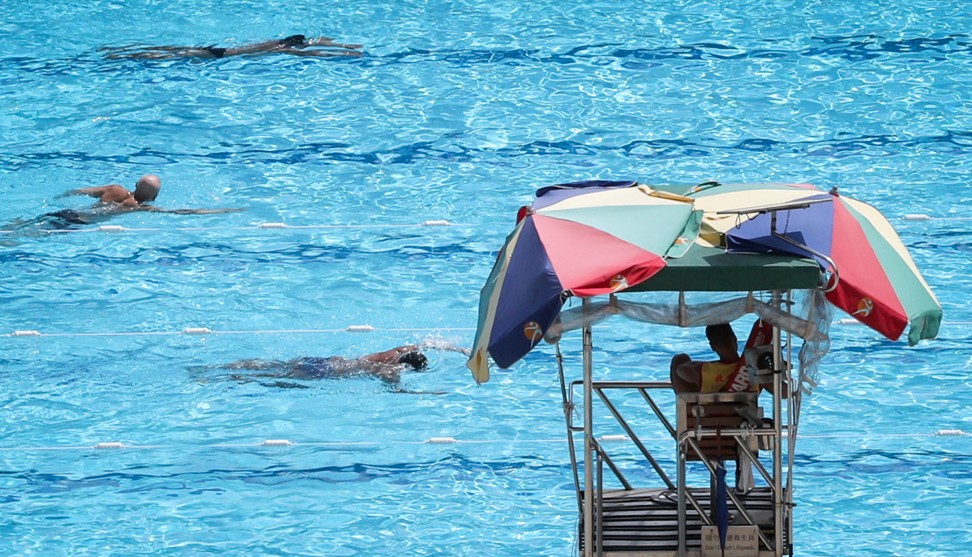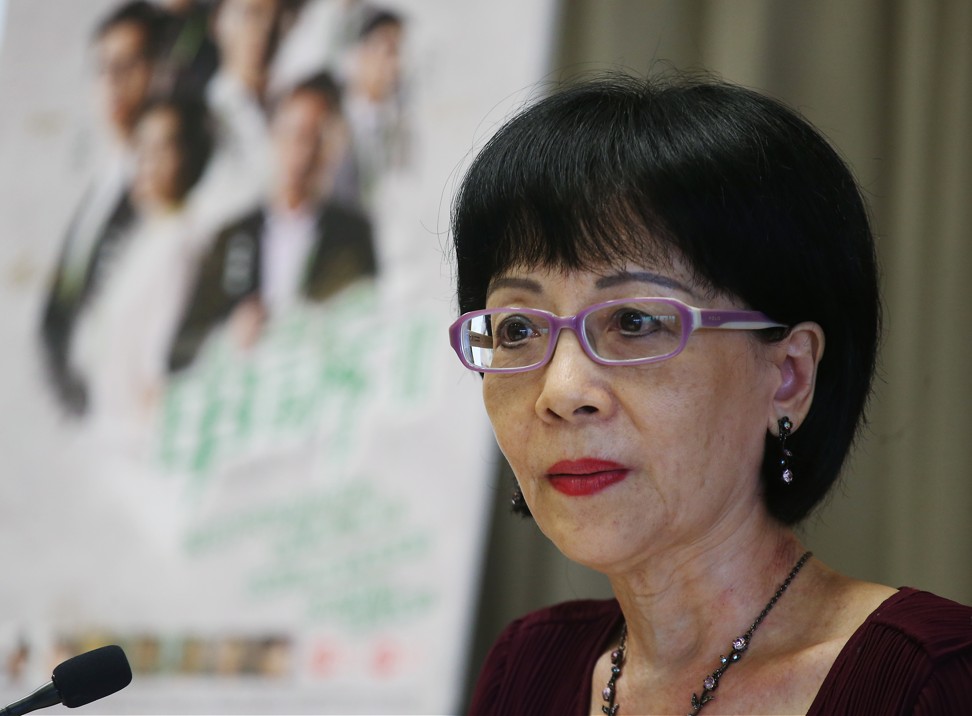
Hong Kong is flushing HK$800 million down the drain every year through water wastage
Ombudsman slams Water Supplies Department for wasting water and not setting targets for the resumption of flushing water, leaving homes ‘without water in the toilets for five days’
Hong Kong has been pouring almost HK$800 million (US$102 million) down the drain annually for the past three years after failing to plug the fresh water lost from leaking pipes, according to an ombudsman’s report released on Tuesday.
And despite improving since 2006, the city still leaked 15 per cent of its fresh water from public pipes each year – three times the level of its regional rival, Singapore.
In December 2016, 14 months after the Office of the Ombudsman launched an investigation into the maintenance of government water mains, the Water Supplies Department listed “hotspots” – locations that suffered recurrent bursts – for intensive monitoring and regular repair.

It also looked overseas – including to Singapore – for effective methods to reduce leakage.
In the past six years, Hong Kong has, on average, consumed 960 million cubic metres of fresh water annually, and lost 144 million cubic metres of it, according to the report.
“We understand that zero leakage is impossible but there are plenty of technologies that can help us largely reduce the loss,” said Ombudsman Connie Lau Yin-hing.
The Ombudsman estimated that if Hong Kong could lower its leakage rate to 10 per cent, some HK$530 million could be saved. The water would be sufficient to fill 38,429 standard swimming pools, or satisfy the needs of 2 million Hongkongers for a year.
The report also pointed out that close to 80 per cent of the city’s water was imported from the East River in Guangdong Province, mainland China, at an average unit price of HK$5.5 per cubic metres over the past three years.
Two months for Hong Kong water department to fix a burst pipe in some cases, Ombudsman finds
Meanwhile, the Ombudsman’s investigation revealed the department had been failing in three areas: to minimise incidents of burst water pipes, to follow up on suspension of fresh and flush water due to pipe damage, and to actively study ways to reduce leakage.
In the case of City Garden, a private housing estate in North Point, the water pipes, which were included in the department’s replacement programme in 2011, had leaked and burst a total of 14 times since 2012. However, it was not until 2013 that the department started repairs, and it was mid-2017 by the time they were completed.
Senior investigation officer Anthony Yeung Tak-kin said the department only started to list locations with recurrent bursts as “hotspots” in December 2016, more than a year after the investigation was launched.
“If the department carried out intensive monitoring of these locations earlier, repeated bursts and serious impacts on nearby residents might have been avoided,” Yeung said.

In the worst case we have learned, a building had no water for the toilets for five days. Do I have to elaborate on the impact on hygiene?
The Ombudsman also criticised the water department for having “confusing” performance targets on resuming fresh water due to pipes bursting, and for not setting targets on resuming flushing water, which was crucial for domestic hygiene.
“In the worst case we have learned, a building had no water for the toilets for five days. Do I have to elaborate on the impact on hygiene?” Lau said.
In response to the report, a spokesman for the Water Supplies Department said it was aiming to reduce the leakage rate from 15 per cent to 10 per cent, but did not provide a timetable for meeting that target.
The department also promised to “actively follow up on and improve” the conditions of the pipes at the identified “hotspots,” while the spokesman said it would periodically disclose the latest leakage rate on its official website.
As for the performance targets, the department would “study the formation of service targets” on resuming flush water, and “review and simplify” the existing targets on resuming fresh water, the spokesman said.

